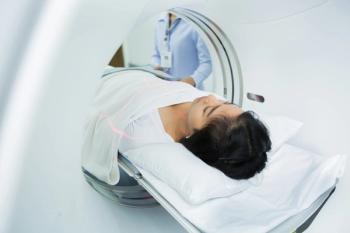
PET, MRI, Cerebrospinal Analysis Best for Alzheimer’s Test
Combining fluorodeoxyglucose-PET, MRI and cerebrospinal analysis significantly increases the accuracy of predicting Alzheimer’s disease progression.
Fluorodeoxyglucose-PET (FDG-PET), along with MRI and cerebrospinal analysis, significantly increases the accuracy of predicting Alzheimer’s disease progression from mild cognitive impairment, according to a study published today in the journal Radiology.
Early diagnosis of Alzheimer’s disease is essential because the available treatments are most effective in the early stages of the disease. “Although there is no cure for Alzheimer’s disease, there are four symptomatic treatments that might provide some benefits,” P. Murali Doraiswamy, MD, said in a release. “So developing the right combination of diagnostic tests is critical to make sure we enable an accurate and early diagnosis in patients, so they can evaluate their care options.” Doraiswamy is a professor of psychiatry at Duke University Medical Center and the study’s co-author.
Researchers assessed 97 patients with mild cognitive impairment (MCI) who underwent MRI, FDG-PET, and cerebrospinal fluid testing for fluid proteins. The results were compared to cognitive outcomes at two to three years.
Researchers found that by combining all three tests they were able to increase the accuracy of predicting conversion to Alzheimer’s disease over clinical testing alone. There was the added benefit of a decrease in false classifications, from 41.3 percent to 28.4 percent.
Although further testing is needed to validate the data, the researchers stated that the most useful test was the FDG-PET, if only one was used.
“Though all the tests added some unique information, FDG-PET appeared to strike the best balance, adding the most prognostic information for patients with mild cognitive impairment,” said coauthor Jeffrey, R. Petrella, MD, association professor of radiology and director of the Alzheimer’s Disease Research lab at Duke.
Newsletter
Stay at the forefront of radiology with the Diagnostic Imaging newsletter, delivering the latest news, clinical insights, and imaging advancements for today’s radiologists.



























